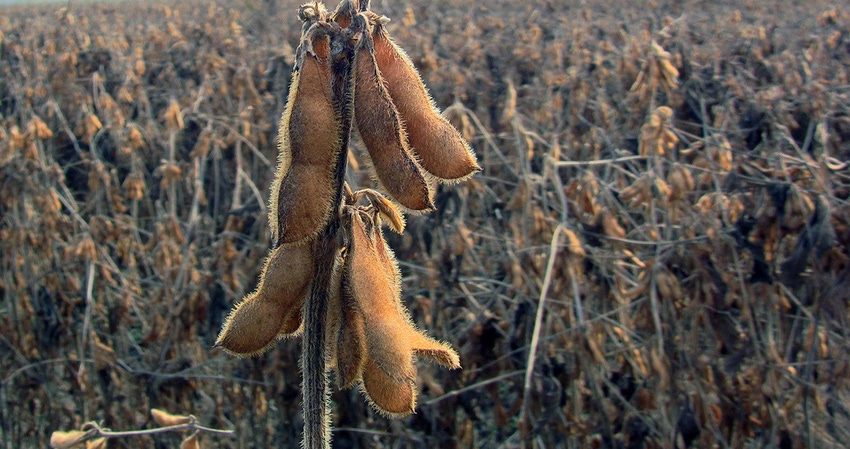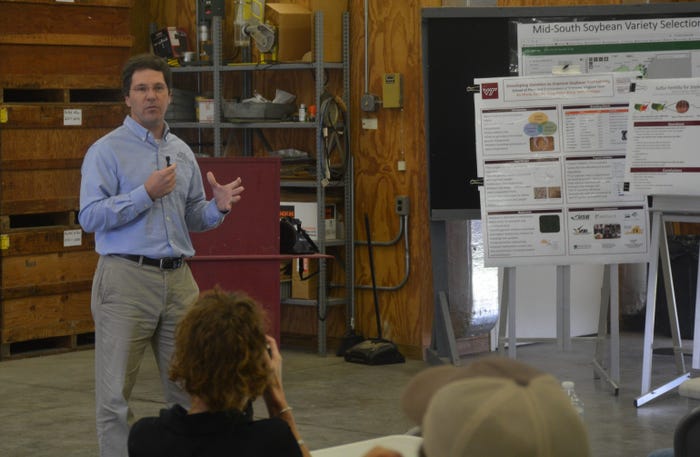
The size of the Brazilian crop, final yield numbers for the U.S. crop and prospects for demand as strong as last year remain key drivers for the soybean market moving forward.
Speaking at the Virginia Soybean Field Day at the Eastern Virginia Agricultural Research and Extension Center in Warsaw Sept. 23, Robert Harper, Virginia Farm Bureau Federation grain manager, said soybean prices today are at profitable levels for farmers, but the question remains will they stay there.
Harper noted that last year, USDA’s average price for soybeans was pegged at $10.90 per acre. This year, that number is put at $12.90 due to more use and less supply available at the end of the marketing year.
Harper said for the next 90 days, Brazil, which has just started planting its soybean crop, will have a huge impact on futures prices and cash prices for beans. Brazil will continue to be the world’s No. 1 soybean producing country and is expected to plant almost 100 million acres this year. That compares to a U.S. crop this year of 86 million acres.
Harper said USDA forecasts an average yield of 50 bushels per acre for U.S. soybean farmers this year which would mean a four-billion-bushel crop. Half the crop will be exported as raw beans, meal or oil and the other half would be sold at home.

Speaking at the Virginia Soybean Field Day at the Eastern Virginia Agricultural Research and Extension Center in Warsaw Sept. 23, Robert Harper, Virginia Farm Bureau Federation grain manager, said soybean prices today are at profitable levels for soybean farmers.
Last year, demand for soybeans reached record levels. “We need to see our partners that buy your soybeans come back at the levels they were last year,” Harper said.
“Last September we were a few months into a lot of governments around the world printing a lot of money. That drew the attention of speculators from all over the world into agriculture commodities.
“What happened as those prices went up, it was a self-fulfilling prophecy. It brought more speculator money into the market. At the same time, we saw our biggest soybean customer that we sell beans to, we saw China, after several years of rebuilding their hog herd, we saw demand for soybean meal come back at the same time we saw speculator interest come into the futures part of your cash price, and we went to 10-year highs. It was a beautiful thing,” he said.
Finally, Harper said another big influence on the soybean market moving forward is the interest in renewable fuels and biodiesel. Harper said there are multiple biodiesel plants being built in the United States with more on the books.
“We have the potential for a lot of our oil to go off of our kitchen table and to go into the fuel industry,” Harper said.
About the Author(s)
You May Also Like






